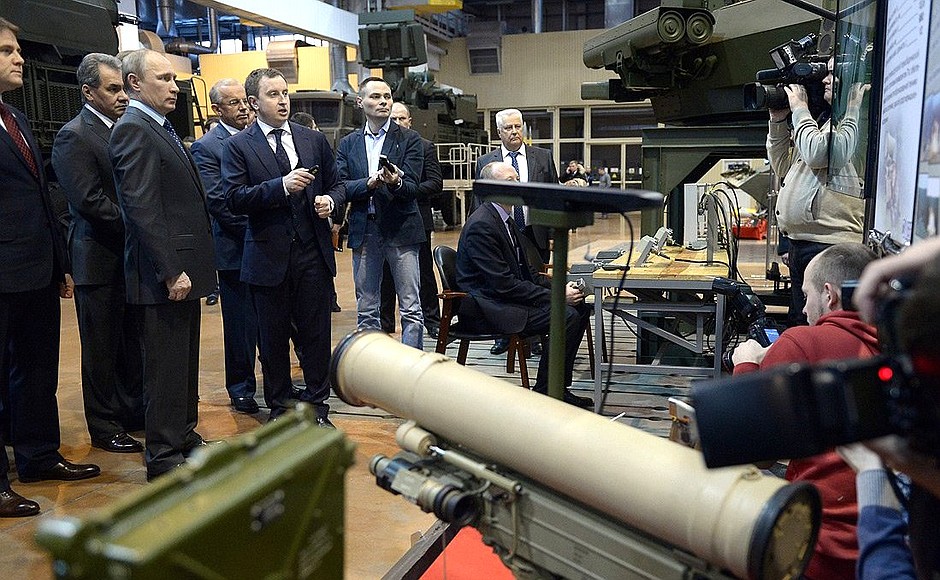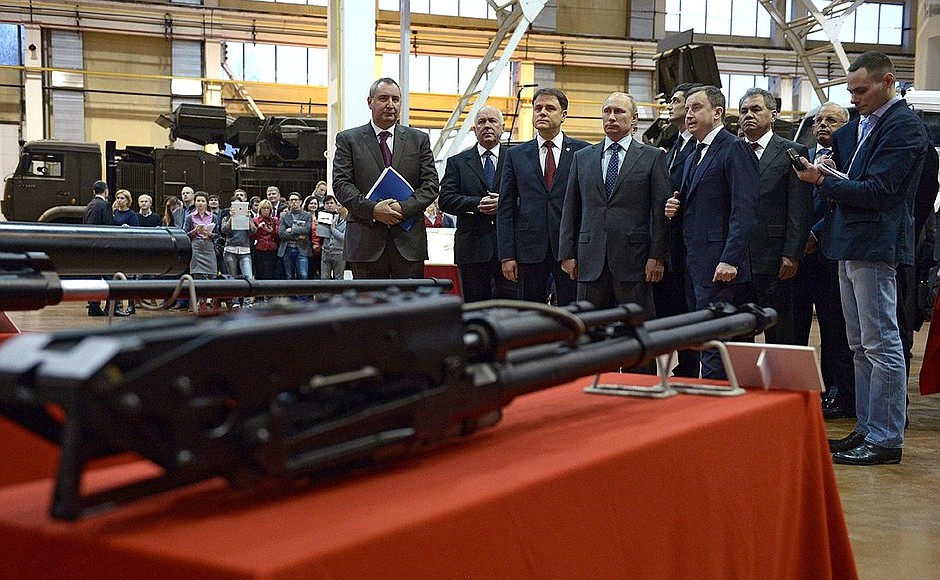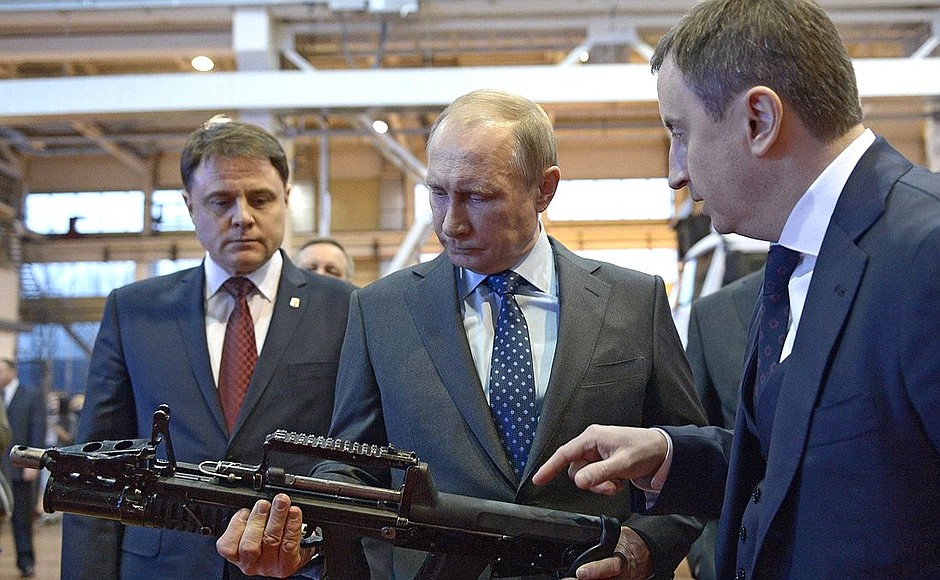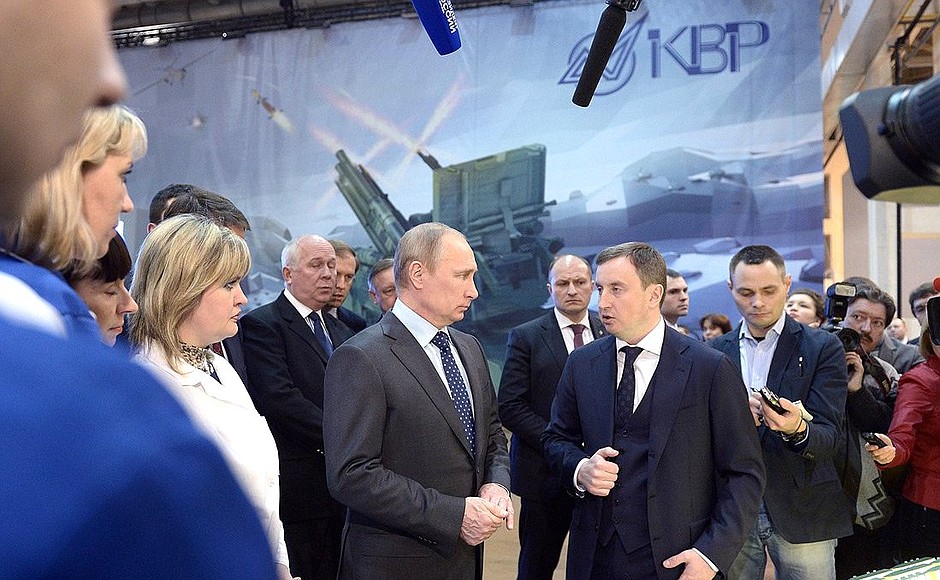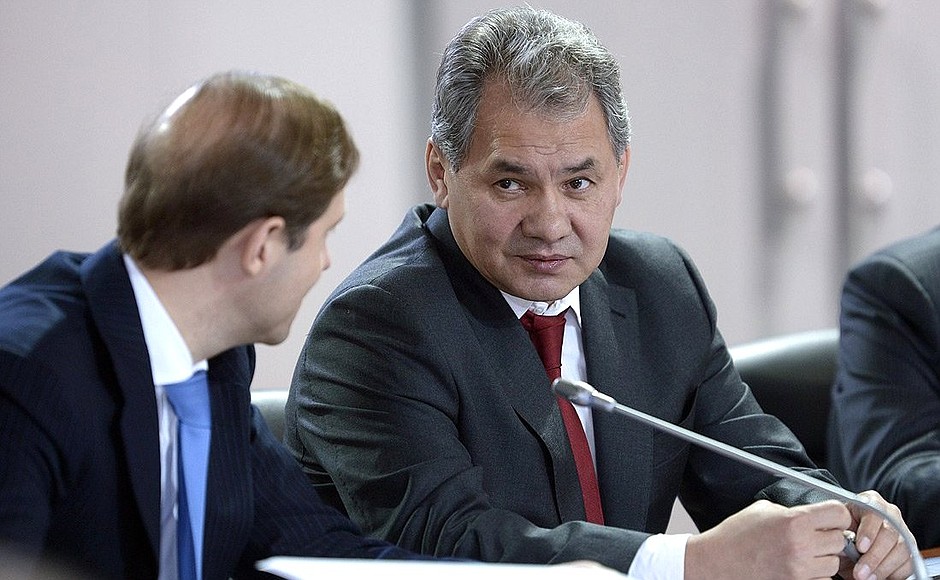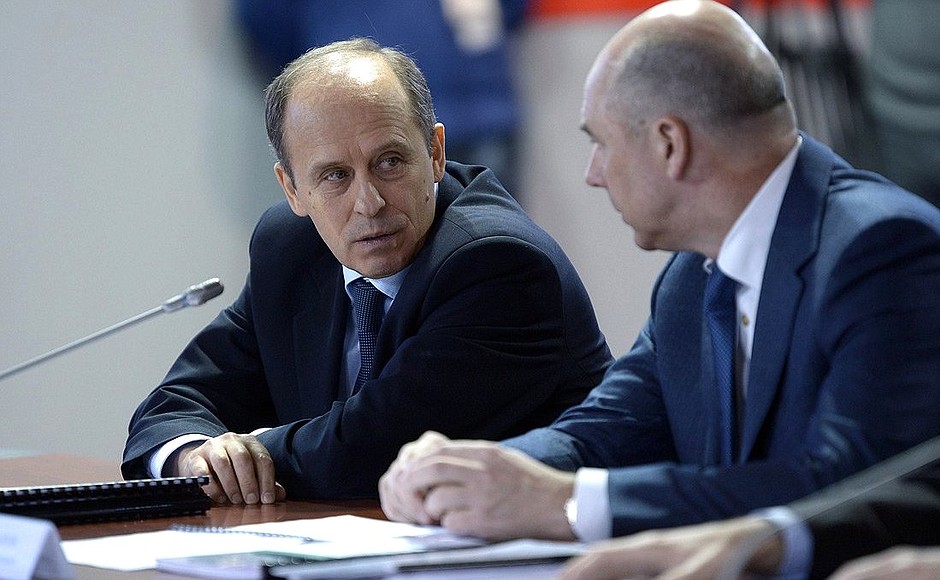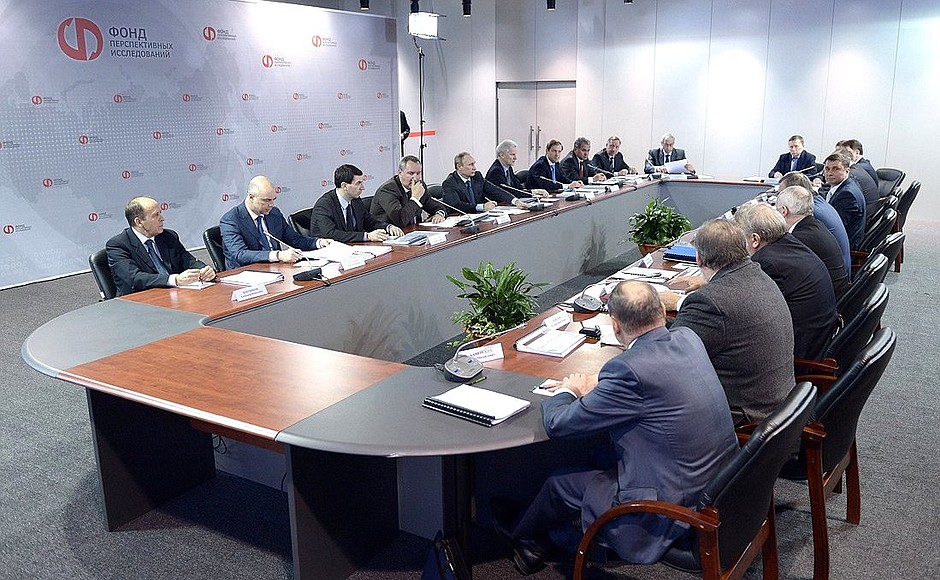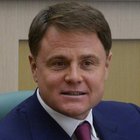The President looked over the workshops at one of the Design Bureau’s enterprises, saw models of the products and spoke with employees. The questions they raised included mortgages for homes and construction of pre-schools in the region.
KBP Instrument Design Bureau is one of the Russian defence industry’s leading research and design organisations, which specialises in developing modern high-precision weapons systems.
Later Mr Putin met with Tula Region Governor Vladimir Gruzdev to discuss the region's socioeconomic development. Particular attention was devoted to increasing the number of pre-schools in the region.
* * *
Opening remarks at a meeting on the Advanced Research Foundation’s activities
President of Russia Vladimir Putin: Good afternoon colleagues.
Today, we will discuss the Advanced Research Foundation’s ongoing development.
I remind you that the Foundation was established just over a year ago. Its main purposes include analysing potential security challenges and threats to our national interests, searching for bold and substantial ideas that are a step ahead of the times, and supporting promising defence sector research and development that would enable us to make real breakthroughs and produce unique new military, special or dual-purpose technology.
In essence, the Foundation should be the technology elevator for defence innovations, help to get them into use as rapidly as possible and ensure production of the needed equipment, and take on financial risks related to scientific research that does not always have easily predictable results at the outset.
I think that setting up the Foundation was a completely justified and logical step. Our Armed Forces must have the very latest technology, equipment and weapons systems that meet the needs of military conflict in the future and reliably protect our country’s security in a fast-changing world that is becoming no less uncertain and free of risks.
We have made substantial efforts over these last years to modernise the Russian Armed Forces. The forces are receiving an ever increasing amount of new equipment now. This work must continue, and it needs to do so at a qualitatively new level too. In this respect we count on the Foundation’s effective work to bring about positive results.
The Foundation has already examined more than 1,000 science and technology projects and proposals and has chosen 77 promising projects from among them. Practical implementation has already begun of 12 top priority projects. We will discuss this in more detail today.
What I want to say right now is, first, that selected projects should avoid direct duplication of even very promising foreign developments. It is usually not effective to invest money in repeating the road that others have already travelled. We need our own original ideas and proposals. At the same time of course, we must keep those ideas realistic: there is no place here for science and technology illusions or empty fantasies with no basis to them. We must not waste money on projects that cannot be practically implemented or for which there is no demand. Of course, in this kind of work something inevitably ends up being lost, this is obvious.
Nevertheless, the Foundation should cooperate closely with the country’s leading scientific educational and industrial facilities, so that we could reduce this effect to a minimum.
I would also like to add that the activities of the Foundation should not duplicate those of the State Armaments Programme, moreover, the Foundation should work beyond its range, conduct a long-range search for break-through technologies that will provide us in the future with a reliable defence capability.
Secondly, the sphere of interests of the Foundation should include dual-purpose technologies that can add impetus to developing the country’s industry and economy. During the briefing on the activities of the Foundation earlier today, I was pleased to hear that this is exactly what the leadership of the Foundation is focussing on: technologies beyond the horizon of the State Armaments Programme, after our principal production facilities meet relevant tasks set for 2020. I have strong hopes that this will make it possible for Russia to become a leader in a number of innovative technologies.
Clearly, we need to more actively apply the possibilities of civil research here. The investment we make into research should also work for national security and defence. Actually, this is the way it has always been, if we look back to how the Academy of Sciences was created and how it organized its activities in the past decades.
In this connection it is important for the Advanced Research Foundation to interact with the recently created Russian Science Foundation; experts of the Foundation should be more actively involved in joint activities with our leading universities; we should make better use of the potential of the growing network of centres for the joint use of research equipment.
Thirdly, the large-scale goals facing the Foundation call for strengthening the research infrastructure and using new forms of organizing and conducting research.
The Foundation has come up with an initiative to set up specialized, well-equipped laboratories at leading facilities of the defence industry, at technical schools of higher learning and at facilities of the Russian Academy of Sciences. The proposal is to staff these laboratories with the best-qualified experts and to create all the necessary conditions for their research, including advanced equipment and special material bonuses. We will discuss this idea later today as well.
And my final point. We should complete the staffing of the Foundation as soon as possible. I have heard today that the leaders of the Foundation do not intend to rush with this; they plan to carefully select potential candidates. This, of course, is a proper approach, but we should not drag our feet either. So far, we have even less than a third of the entire staff.
I would like you to pay your most careful attention to the selection of experts. The Foundation should be staffed with professionals with a broad outlook, who are well versed in present day world tendencies in the development of prospective arms systems, among other things; they should also have research and design experience. In short, they should possess qualities that allow them to select truly worth-while promising projects. This is the backbone for the research and development of armaments in the future.
Let us now move on to a discussion of the specific topics that brought us together.
<…>
